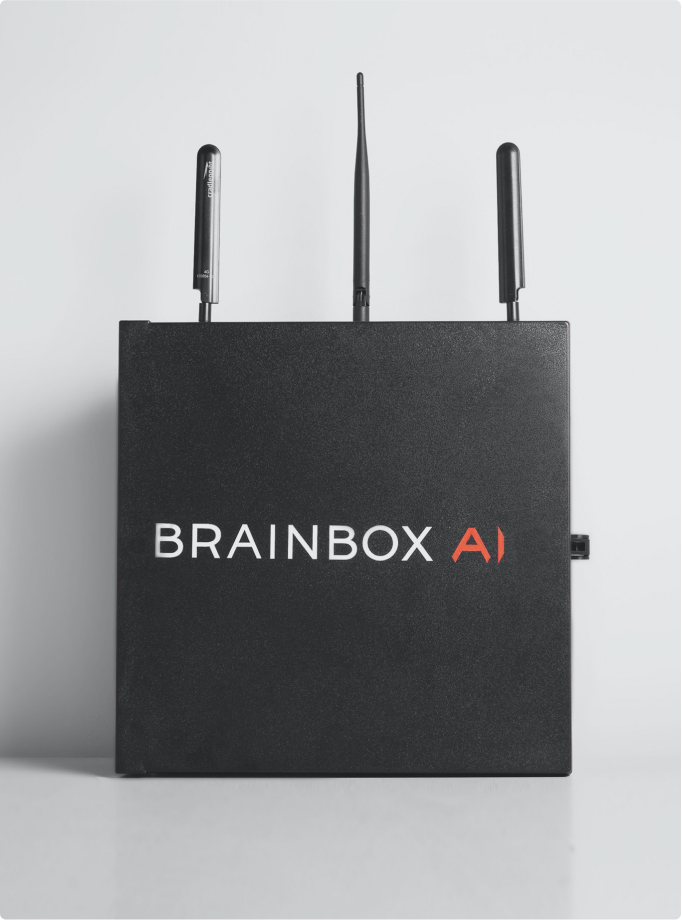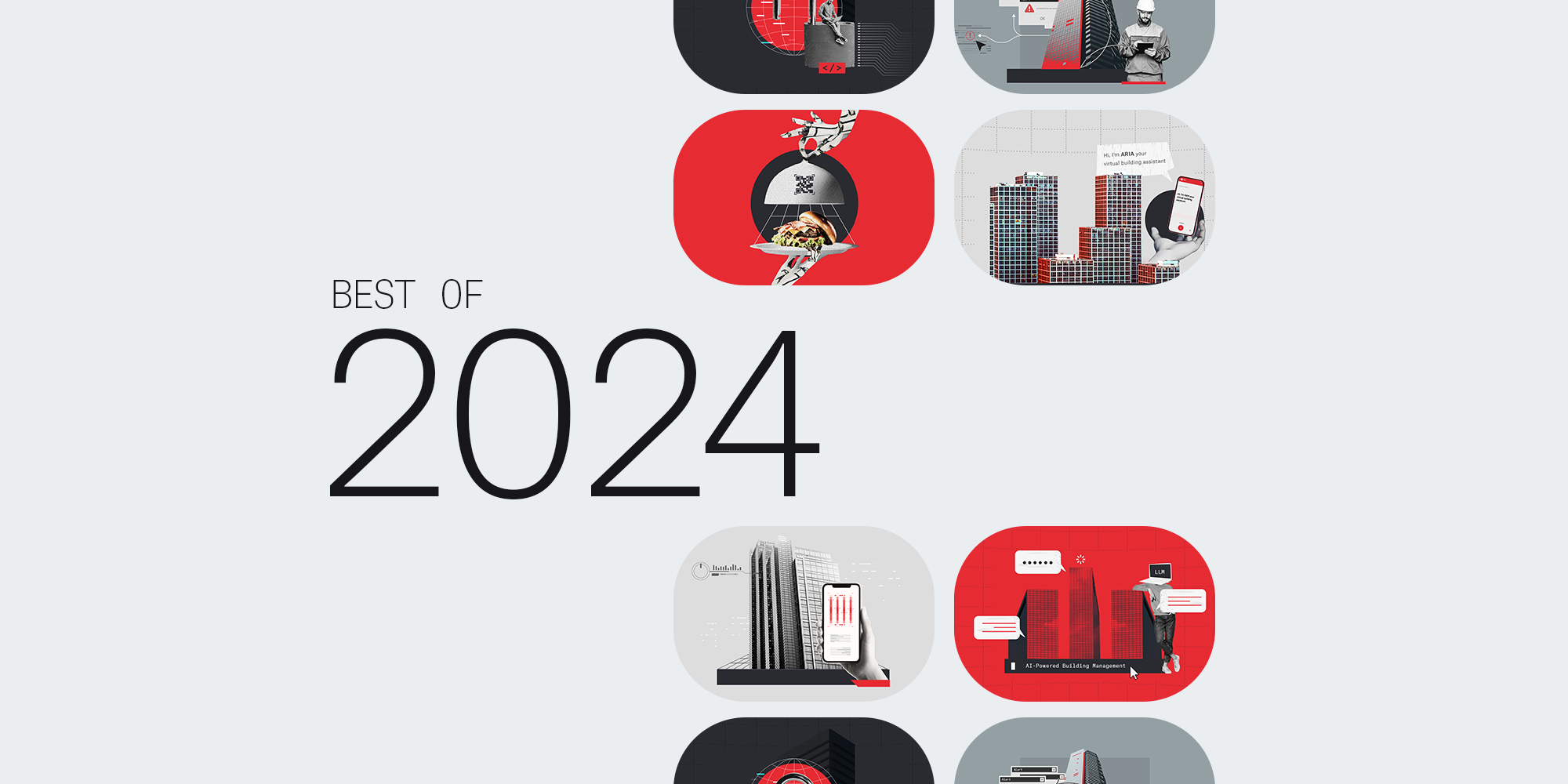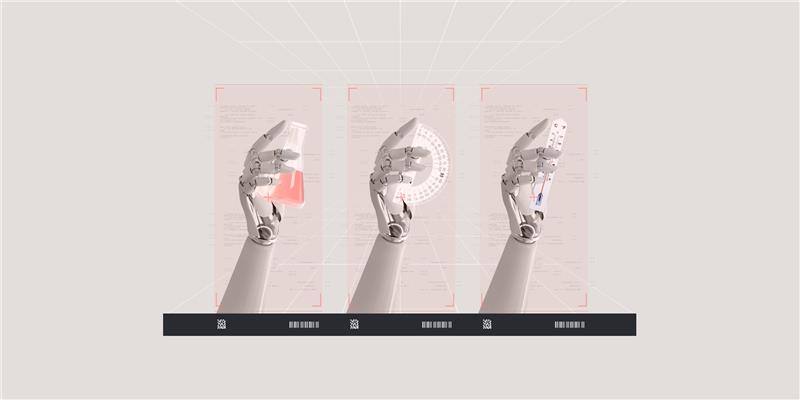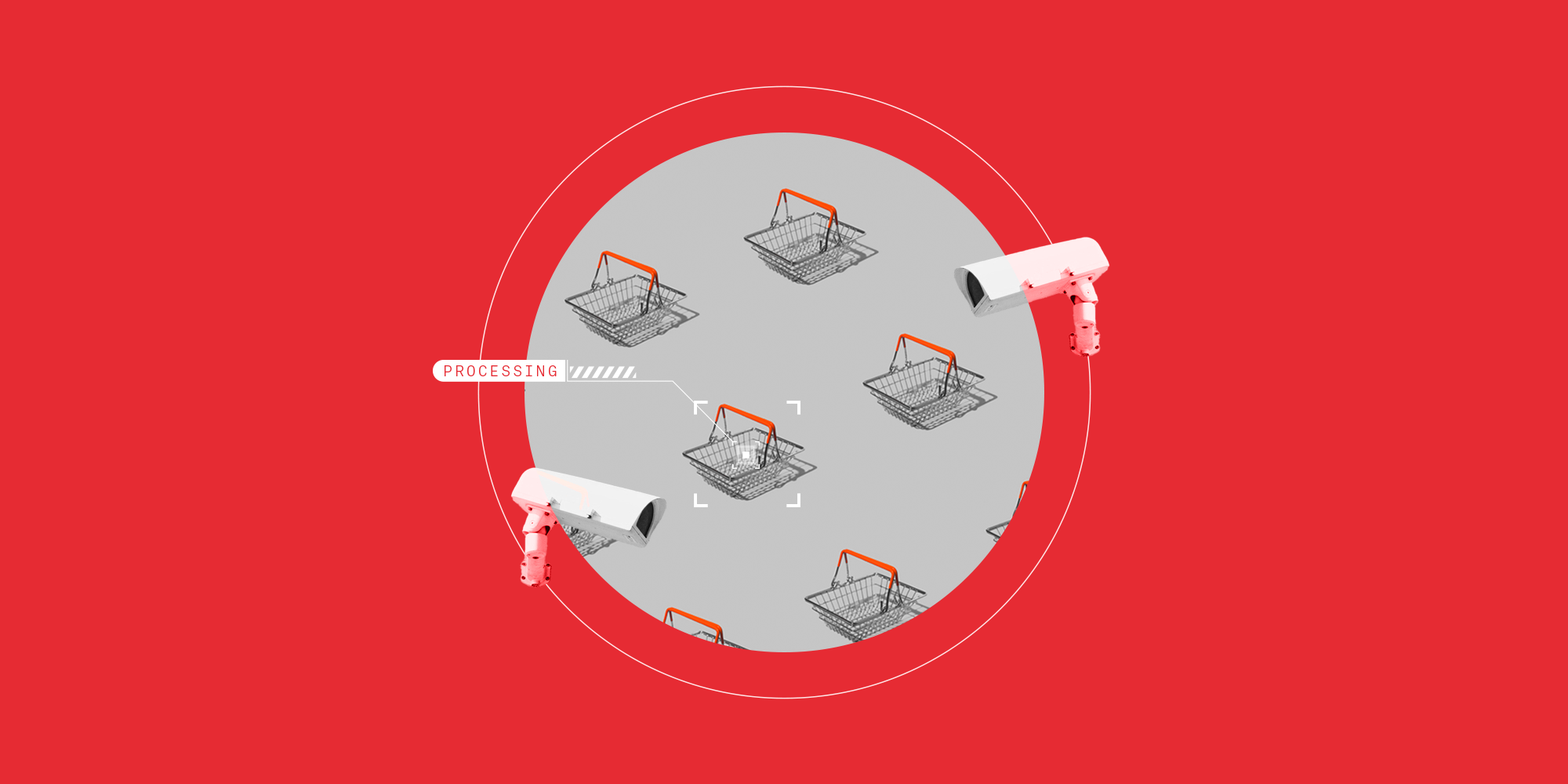Sharing is caring: Open-protocol BAS for future proof facilities

Key takeaways
- Open-protocol BAS enable seamless integration and interoperability among different building systems and manufacturers.
- Using open-source solutions in BAS can reduce operational costs and enhance building performance.
- Open protocols prevent vendor lock-in, fostering a more competitive market and offering more service options.
- Though they're not 100% perfect, the adoption of open protocols in building automation is essential for future-proofing facilities and integrating advanced technologies.
- Open-protocol BAS facilitates better data sharing, leading to improved energy efficiency and smarter building management.
Author
Blake Standen
Director of Technical Sales, BrainBox AI
Building automation systems (BAS), building management systems (BMS), and energy management systems (EMS) are all functionally similar. They offer plenty of benefits for facilities managers, including enhanced operational efficiency, reduced costs, and improved building performance. However, leveraging open-source solutions within these systems can unlock even greater advantages.
Why open-protocol BAS are the future of buildings
A Building Automation System (BAS) is like the "brain" of a building. It uses software and hardware to control and monitor various systems inside a building, such as heating, ventilation, air conditioning (HVAC), lighting, security, and increasingly more IOT systems. The goal of a BAS is to improve the comfort of occupants, increase the efficiency of a building, and reduce operational costs through automating the control of these systems.
A BAS uses open or closed communication protocols. A bit like how Apple devices use proprietary software (you can’t, for instance, AirDrop from iPhone to Android), a closed BAS relies on proprietary systems where manufacturers have unique communication protocols to create a cohesive, well-integrated ecosystem. While closed protocols can simplify support when needed, they can also make integration cumbersome and often lock facility managers into a specific brand for all their automation needs.
In contrast, an open BAS uses standardized communication languages, or protocols, to allow various devices and systems within a building to interact seamlessly. This ensures interoperability among different devices and systems, regardless of the manufacturer. An open protocol would allow, for example, a Siemens controller to talk to a Trane unit, enabling them to communicate and share data. So, when the Siemens controller detects that a room is reaching its desired temperature, it can signal the Trane HVAC unit to adjust its output accordingly. This communication helps maintain optimal comfort levels while reducing energy consumption by ensuring that systems aren’t working at cross purposes. Moreover, open protocols remove the “lock-in” effect associated with specific vendors or manufacturers. This fosters a more competitive market, preventing unfair pricing and providing consumers with more service options.
The Glumac Building in Shanghai is a good example of how open protocol BAS can create an ultra-efficient environment. Using BACnet and Modbus protocols, the LEED Platinum-certified office building boasts seamless communication among various building systems, including HVAC and lighting. Heck, it even has motorized blinds equipped with sensors that detect sunlight intensity and automatically adjust to optimize natural lighting, reduce glare, and reduce heat- and cooling-related energy consumption and costs.
Why open protocols matter
In fact, costs are one of the biggest driving factors behind adopting open-protocol BMS. That’s because they:
- Reduce competitive costs associated with proprietary systems. By this, I mean there's more competition among vendors to offer the best products and services at the most competitive prices. This competitive pressure helps drive down prices and improve the quality of offerings.
- Lower maintenance and training costs, as FMs no longer need to learn multiple systems.
- Enable buildings to easily adapt to new technologies, which is crucial for integrating advanced solutions and ensures that buildings can evolve with technological advancements.
Although open protocols aren’t perfect (they undoubtedly come with their own sets of limitations, costs, and challenges), it's not hard to see why smart buildings equipped with open-protocol BAS are projected to grow from $96.96 billion today to $568.02 billion by 2032 (a compound annual growth rate of 21.8%). Some think this problem is already solved with BACnet and other open protocols but there is still a significant building stock with proprietary controls that needs to be integrated with or retrofitted to support open protocols.
The evolution of building automation
Over the last couple of decades, BAS have seen a significant transformation. In the early days of building automation, each manufacturer had its own proprietary systems. However, this shifted in the late 1980s and early 1990s when ASHRAE (American Society of Heating, Refrigerating, and Air-Conditioning Engineers) developed BACnet, a communication protocol that allowed devices from different manufacturers to talk to each other. Despite the understandable skepticism and resistance BACnet faced from major manufacturers, its emergence really changed the game because finally there was a standardized method for exchanging information between building automation devices, opening the door for greater interoperability and flexibility.
Around the same time, another open protocol, Modbus, was gaining traction. Developed by Modicon (now Schneider Electric) in 1979, Modbus quickly became widely adopted due to its ease of implementation and reliability. The real revolution, however, came with the introduction of the Niagara Framework by Tridium in the late 1990s. Tridium's Niagara Framework took the concept of openness a step further by creating a universal software infrastructure that could integrate diverse systems and devices. This framework supported multiple protocols, including BACnet and Modbus, making it easier for facility managers to monitor and control various building systems from a single platform.
Another significant development at this time was the emergence of LonWorks, a protocol developed by Echelon Corporation. LonWorks was designed for networking devices over various media such as twisted pair, power lines, fiber optics, and wireless. This was just another step that made building automation systems more open and interoperable.
In the past, each manufacturer had its own version of an “open” protocol, which often hindered the widespread adoption of these communication standards. However, in the last decade, driven by the Niagara Framework, manufacturers have started adopting truly open protocols, including APIs that facilitate data exchange. This shift was largely driven by customer demand for genuine interoperability. Many manufacturers are now recognizing the value of data and are increasingly supporting APIs and other cloud integrations to accommodate new technologies. As a result, the industry is beginning to embrace this openness.
This may take some time as many buildings still operate on legacy systems. However, we’re seeing a noticeable increase in the adoption of open protocols across the industry. Protocols like MQTT (Message Queuing Telemetry Transport) in particular are being explored for their ability to provide secure and efficient data transmission in IoT (Internet of Things) environments. This push towards open protocols has been largely driven by the demand for greater interoperability, reduced costs, and the need for future-proofing buildings.
Looking forward: Open-protocol BAS for better buildings
It’s just in time, too. The rise of Generative AI has only amplified the need to have a solid base of interconnected systems, the data for which can be rendered comprehensible and actionable through GenAI tools and smart building assistants. In fact, the vast amounts of data collected from various building systems are beginning to provide FMs with insights and automations that were previously unimaginable, significantly enhancing building management efficiency while maintaining a highly adaptable environment. That said, it's also crucial to find a trusted partner who can help make sense of this overwhelming amount of data; it’s one thing to have access to the data, but it’s entirely another to make meaning out of it.
By paving the way for more advanced technologies, open protocols like BACnet, Modbus, and particularly MQTT are rapidly becoming the norm. With this shift, FMs can enjoy greater flexibility in integrating different manufacturers' devices to create a better environment for each building and a more cohesive and efficient building management system overall.
Want to know how we can help future proof your facilities?
Contributors: Blake Standen and Jeremy Pedersen




.jpg)










